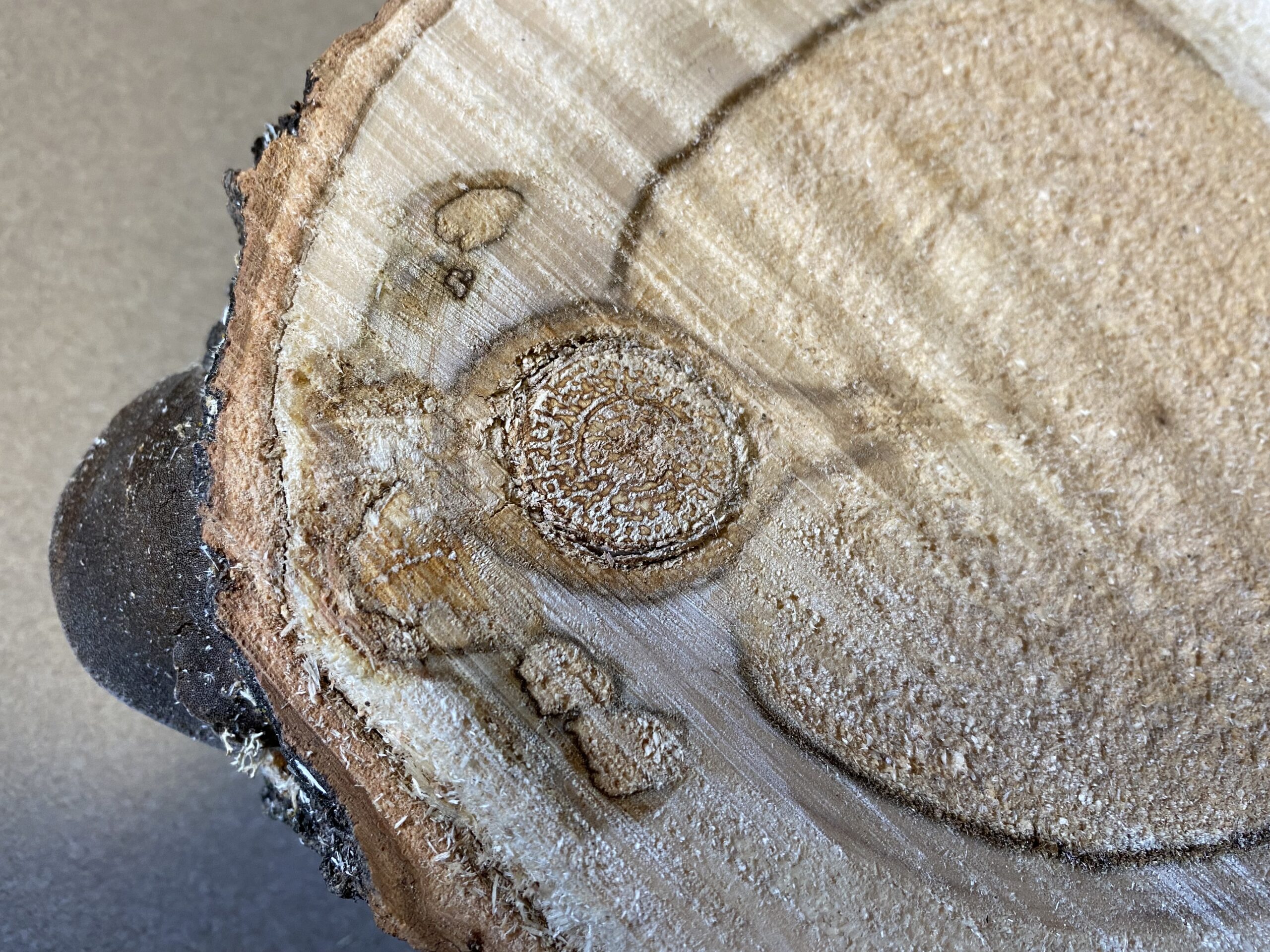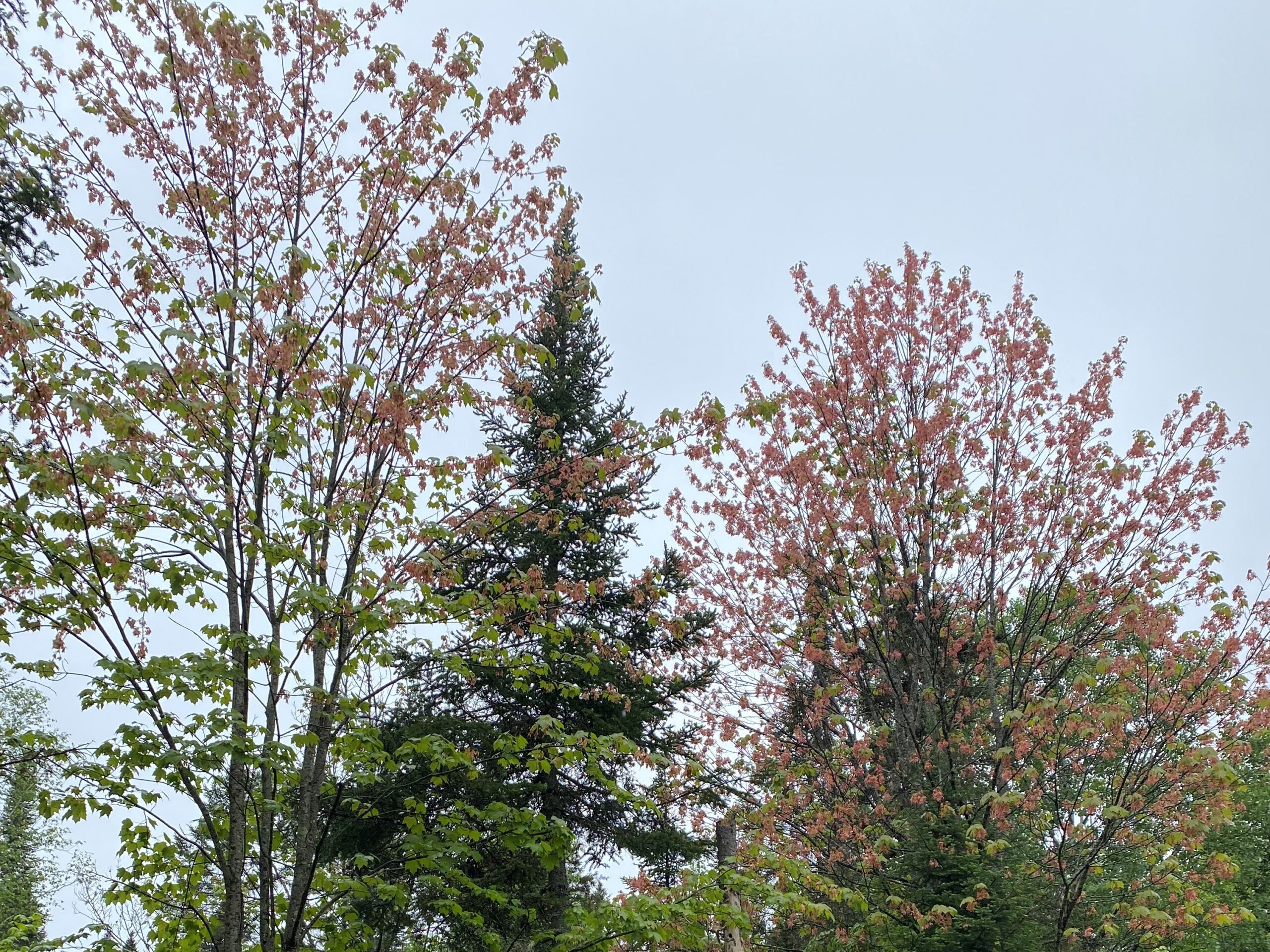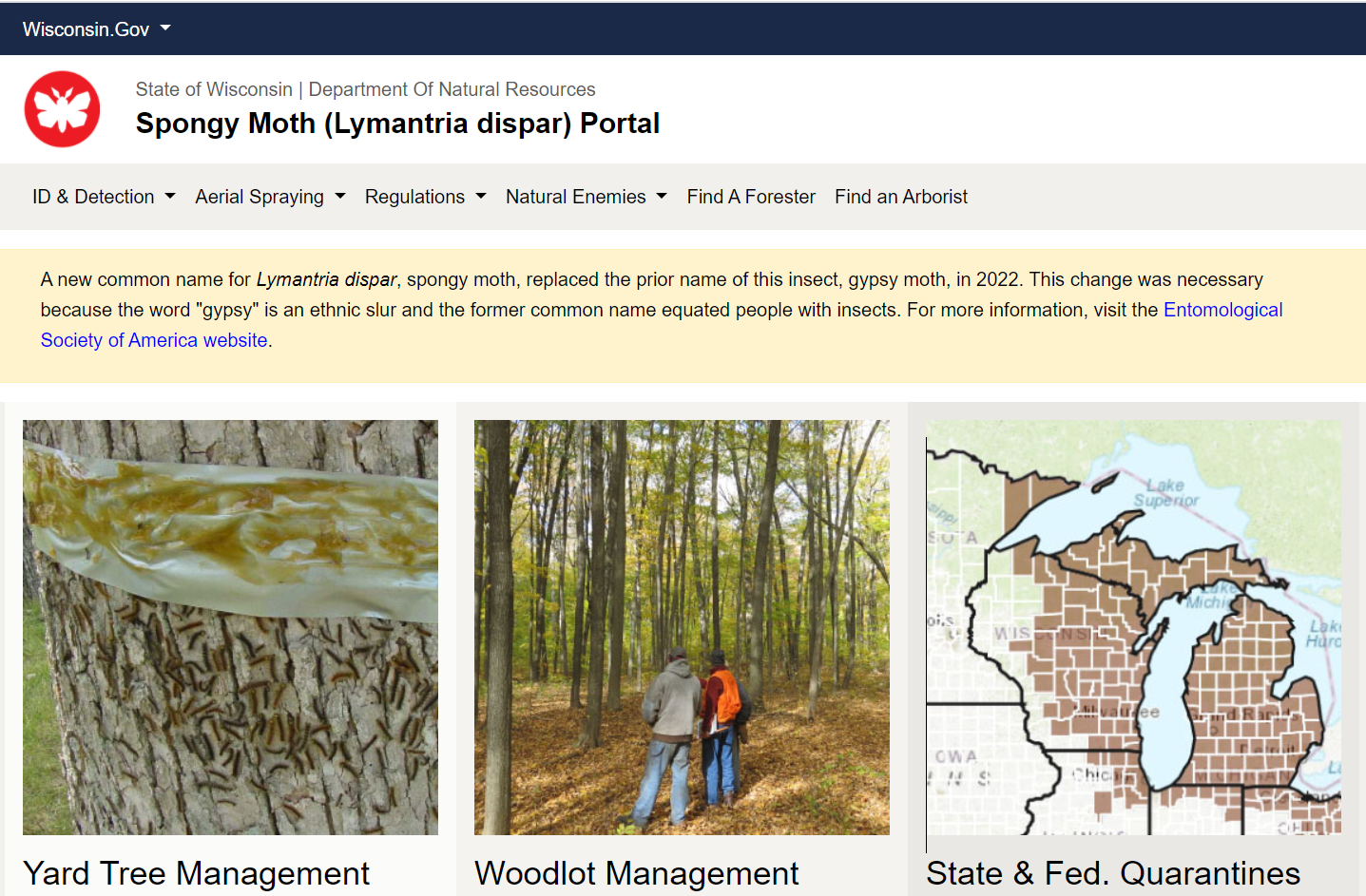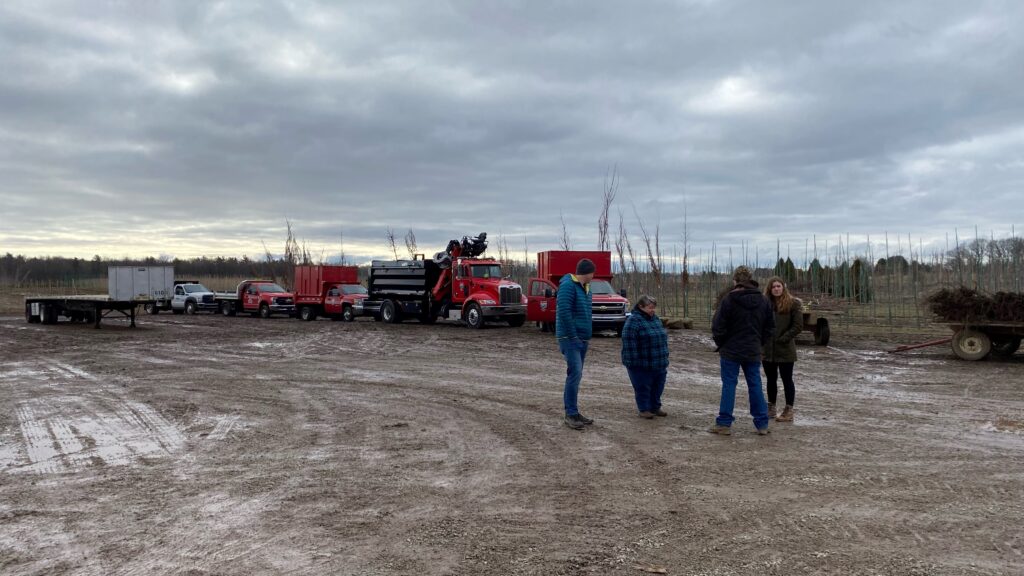By Olivia Witthun, DNR Urban Forestry Coordinator in Plymouth, olivia.witthun@wisconsin.gov or 414-750-8744
Laura Buntrock, DNR Urban Forestry Partnership and Policy Specialist in Rhinelander, laura.buntrock@wisconsin.gov or 608-294-0253
Dan Buckler, DNR Urban Forest Assessment Specialist in Madison, daniel.buckler@wisconsin.gov or 608-445-4578
Ram Dahal, DNR Forest Economist in Madison, ram.dahal@wisconsin.gov or 715-225-3892
We know that urban forests are a vital component of our economy and environment, making significant financial contributions to local, state and national economies, as well as providing critical ecosystem services. But until recently, the economic contribution of urban forestry has typically been aggregated into the broader green industry.
Background On The Study
In the Urban Forestry Economic Study, a ground-breaking study led by the Wisconsin Department of Natural Resources and funded through a U.S. Department of Agriculture Landscape Scale Restoration grant, a comprehensive analysis of the economic contributions of urban and community forestry was completed across the Northeast-Midwest region, which includes 20 states and Washington, D.C. (Figure 1). This analysis includes economic impact numbers, employment numbers, industry outlook and a resource valuation.

Figure 1. Map depicting the 21 states involved in the survey.
Continue reading “Urban Forestry Economic Analysis In Wisconsin” →





 We are excited to announce the newest addition to our team! Kirsten Biefeld has accepted the position of Urban Forestry Council Liaison and Outreach Specialist. Her first day was Monday, June 6, 2022. Kirsten is based in the Madison office.
We are excited to announce the newest addition to our team! Kirsten Biefeld has accepted the position of Urban Forestry Council Liaison and Outreach Specialist. Her first day was Monday, June 6, 2022. Kirsten is based in the Madison office.  The Wisconsin Arborist Association summer conference will be held on Tuesday, July 19 at the Marian University Stayer Center in Fond du Lac.
The Wisconsin Arborist Association summer conference will be held on Tuesday, July 19 at the Marian University Stayer Center in Fond du Lac. Go trees, go! That could have been the chant coming from Lambeau Field last month as First Downs for Trees celebrated its 12th season by distributing more than 400 trees to Brown County communities.
Go trees, go! That could have been the chant coming from Lambeau Field last month as First Downs for Trees celebrated its 12th season by distributing more than 400 trees to Brown County communities. The Municipal Forestry Institute is an intensive high-level professional growth program of the Society of Municipal Arborists. The week-long training provides personal and professional development opportunities for key urban forestry decision-makers who want to become influential leaders and managers.
The Municipal Forestry Institute is an intensive high-level professional growth program of the Society of Municipal Arborists. The week-long training provides personal and professional development opportunities for key urban forestry decision-makers who want to become influential leaders and managers. The University of Wisconsin-Madison Division of Extension recently updated three emerald ash borer (EAB) management factsheets:
The University of Wisconsin-Madison Division of Extension recently updated three emerald ash borer (EAB) management factsheets: